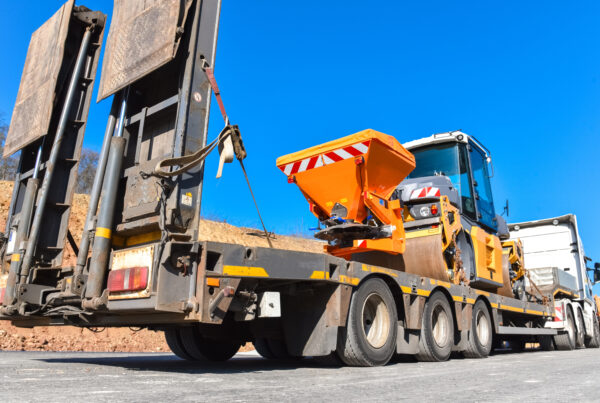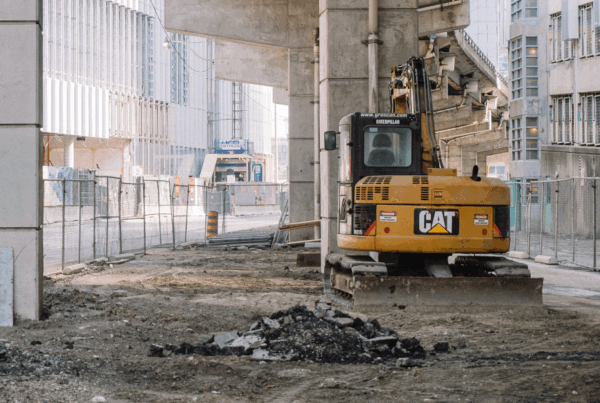
While the benefits of dedicated, customizable equipment management software are clear, the journey to transition from a home-grown system to a commercial solution can feel daunting. For many companies, this process involves practical, financial, and operational hurdles that can create hesitation and lead to delays. These challenges highlight why some companies hesitate to transition and instead continue relying on in-house systems, even when the limitations are apparent.
- Initial Investment and Budgeting Concerns:
The cost of a commercial solution, including licensing, setup, and potential training, often represents a significant upfront investment. Companies accustomed to their existing system may question whether the benefits of commercial software will justify this cost. However, research from McKinsey shows that companies save approximately 30% on IT costs over five years when they move to industry-specific SaaS solutions (McKinsey). Although the initial expense is a hurdle, the long-term savings and value often make the investment worthwhile.
- Change Management and Training:
Moving to a new system isn’t just about technology—it requires a shift in processes and mindsets. For employees used to a particular workflow, adjusting to a new system can seem disruptive. Implementing change management strategies, such as phased rollouts and comprehensive training, can help ease this transition. According to Deloitte, companies that invest in training and change management during software implementation see adoption rates improve by as much as 20% (Deloitte).
- Data Migration and Integration with Existing Systems:
Migrating data from a home-grown system to a commercial platform is often complex and may raise concerns about data integrity and accuracy. In addition, companies frequently rely on other software, such as project management or accounting tools, which may need to integrate seamlessly with the new equipment management solution. While this can pose an initial challenge, many commercial solutions offer robust integration capabilities and support teams to facilitate a smooth migration process.
- Fear of Losing Customization and Flexibility:
Companies with home-grown systems may worry about losing the customization they have developed to meet their specific needs. However, today’s purpose-built commercial solutions are designed to be highly configurable, enabling companies to tailor features to align closely with their unique operations. In fact, Construction Today highlights that modern equipment management software can provide up to 80% of the customization benefits of an in-house system while offering the scalability and support of a commercial product (Construction Today).
- Internal Resistance to Change:
For teams accustomed to their current systems, shifting to a commercial solution may meet resistance, particularly from employees who have invested time and effort into optimizing the home-grown system. Addressing these concerns through transparent communication about the long-term benefits—like increased efficiency, reduced IT burden, and future-proofing capabilities—can help build buy-in. Engaging stakeholders in early stages of selection and implementation can further smooth this transition, making team members feel involved and supportive of the change.
- Perceived Loss of Control:
Companies often feel a sense of control over an in-house system, especially since internal IT teams can adjust features and fix issues independently. Moving to a commercial solution might seem like relinquishing some of this control, but most dedicated software providers offer extensive support services and regular updates. Partnering with a vendor provides companies with a safety net for troubleshooting, feature updates, and ongoing improvements, reducing the day-to-day burden on internal IT.
Turning Hurdles into Strategic Gains
Although these hurdles may initially hold companies back, they are also an opportunity to evaluate the potential long-term gains of a dedicated solution. For most, the benefits of scalability, efficiency, and reduced IT burden outweigh the short-term disruption. When approached with careful planning, transparent communication, and a focus on training, the transition to a commercial equipment management solution becomes a strategic investment in a company’s future.
By addressing these concerns head-on and leveraging vendor support, construction companies can make the transition smoother and ensure they’re equipped with the tools needed to thrive in an increasingly competitive market. This proactive shift can transform equipment from an operational necessity into a valuable, strategic asset that drives project success and company growth.
Thinking About Moving to a Purpose-Built Solution?
If you’re exploring a shift from an in-house system to a more comprehensive approach, RentalResult offers the tools to simplify equipment management and keep your projects on track. See how RentalResult can make the transition seamless, from streamlined tracking to better asset utilization.
Discover more about RentalResult and how it can support your team’s equipment management needs.




